How a Record-Breaking Aerial Tramway Helped Save a Centuries-Old Armenian Monastery
The world’s longest reversible cableway now carries an unprecedented number of visitors to this historic site
In the years prior to 2010, the historic Tatev Monastery in Armenia's Syunik province was struggling. Visitor numbers were dwindling and the medieval building complex itself was in desperate need of restoration. At its prime, the 9th-century monastery was a thriving medieval university focused on both scholastic and spiritual studies, but at the turn of the millennium, the historic site, which sits perched on a plateau at the edge of the dramatic Vorotan Gorge, was very much up in the air. Few at the time anticipated the path to restoring the site's ancient frescos and hand-cut stonework would be built first with 18,871 feet of ultra-modern steel wire and a Guinness World Records certificate.
Though visually stunning, the monastery's secluded setting posed challenges for its upkeep. “In the early 2000s, this part of Syunik, where the monastery is located, was one of the most deprived and difficult to access regions, with high unemployment and minimal opportunities to attract investment,” Ruben Vardanyan, a social entrepreneur and co-founder of the IDEA Foundation, told Smithsonian.com in a statement. “In theory at least, Tatev had potential to become a key point on a tourist route that would connect Yerevan with Artsakh and South Armenia—but because of its remote location, there was little likelihood of it being included in organized tourism drives. Local authorities did not have the funds to reconstruct the road to the monastery and, given the harsh winters and sparsely populated surrounding villages, did not consider it worthy of being earmarked.”
In an effort to revitalize the monastery and the surrounding areas, Vardanyan, together with his partners and friends, launched the Tatev Revival project. Part of which was working with the Austrian-Swiss company Doppelmayr/Garaventa to build the cutting-edge Wings of Tatev tramway, the longest reversible cableway in the world. It stretches more than three and a half miles from Syunik to Tatev and floats about 1,000 feet above the Vorotan River Gorge. Visitors can now reach the medieval site in about 12 minutes, and with the tram's introduction, tourism numbers have skyrocketed.
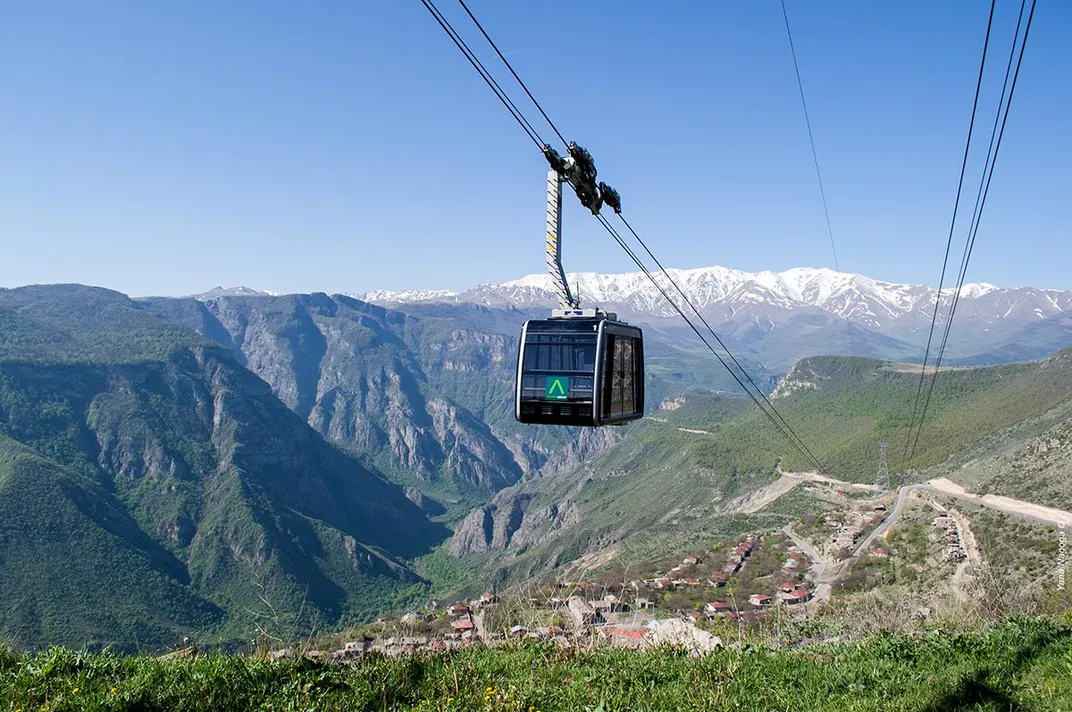
“Before the construction of the Tatev cableway, only a smattering of people would have braved the broken and rather dangerous mountain hairpin road,” Vardanyan noted. “For example, during 2009, about five thousand tourists visited the monastery, [whereas] today it attracts about 20 percent of the total tourist flow going to Armenia. Wings of Tatev [has] in itself become a new attraction. More than 640,000 tourists, not only from Armenia, but also from Russia, the USA, Europe and Asia, have used the cableway since its launch.”
A roundtrip ride costs about $10 dollars in the summer months, and proceeds go, in large part, toward helping the monastery's ongoing renovations. As the monastery’s popularity has grown, it has also attracted new public funding, and as a result, the IDEA Foundation now funds additional projects in the community as well. Since the cableway opened, locals have begun training in the hospitality industry to accommodate the 20-plus new bed and breakfasts that have opened in the surrounding town. IDEA helps those same locals prepare business plans and apply for loans. And the Wings of Tatev itself employs 50 local villagers.”
“Along with the various stakeholders,” Vardanyan explained, “we are developing logistical, technical and educational infrastructure in the nearby villages: improving the water supply and street lighting system, improving road safety, building children’s playgrounds, repairing schools and pre-schools, opening engineering laboratories in local schools, etc. The thrust of our commitment is also environmental conservation: planting trees, rubbish collection and installing litterbins in settlements, and general upkeep of natural monuments.”
As a result of the Tatev Revival project, the monastery has been able to reopen its doors as a cultural center in the community, as well as a tourism destination. Church holidays are once again celebrated within its walls, and the Tatev Monastery Choir performs regularly. The facility also hosts theater performances, concerts, festivals and even sporting events.
Take a look inside the Tatev Monastery, and ten others, through these interactive 360-degree panoramas, and if you’re in Washington, D.C. now through July 8, visit the Armenia programming at the 2018 Smithsonian Folklife Festival.
/https://tf-cmsv2-smithsonianmag-media.s3.amazonaws.com/accounts/headshot/JenniferBillock.png)
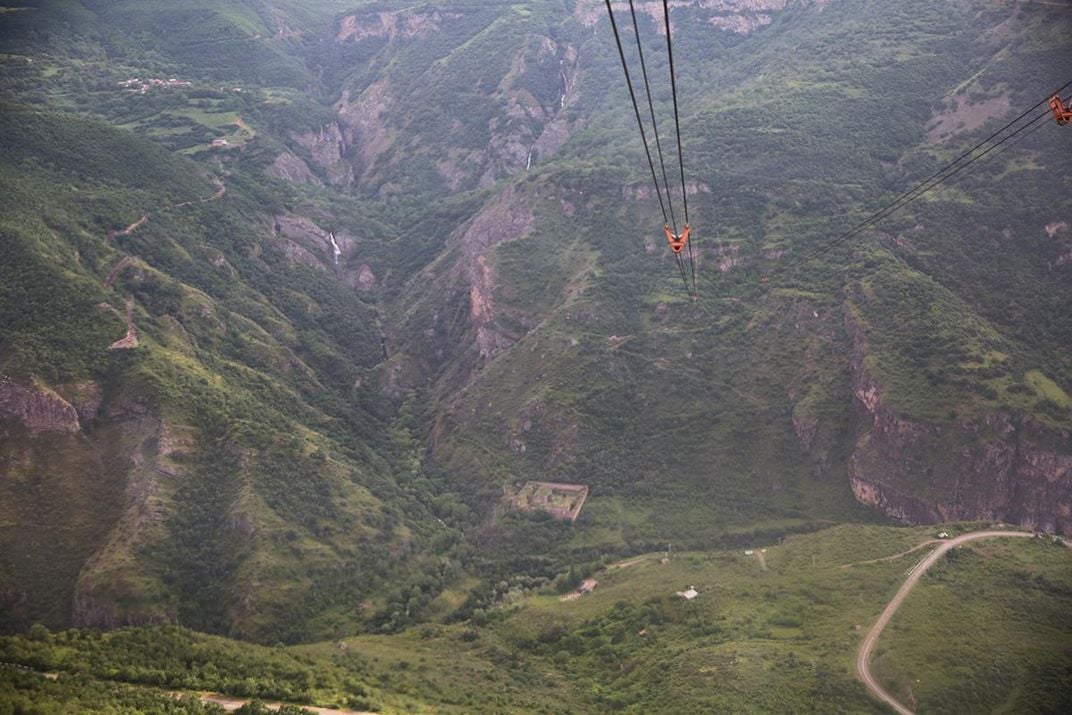
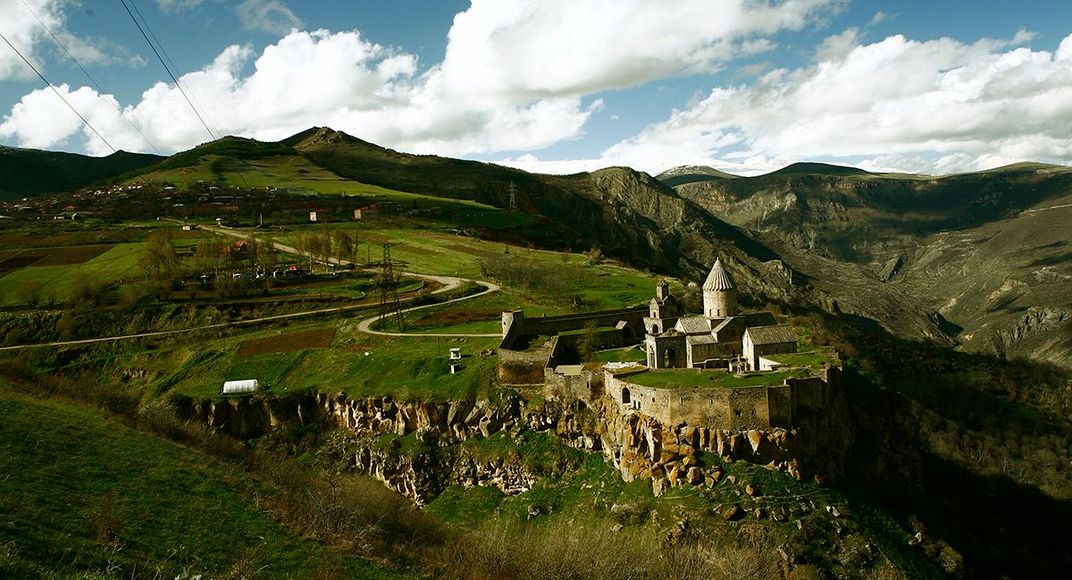
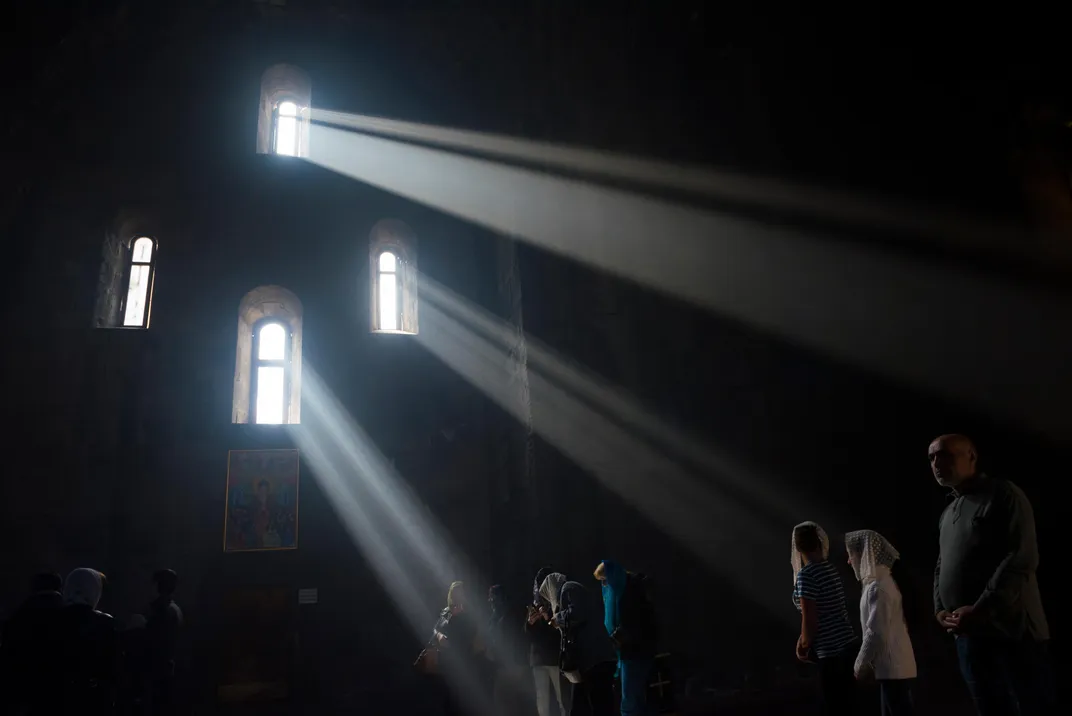
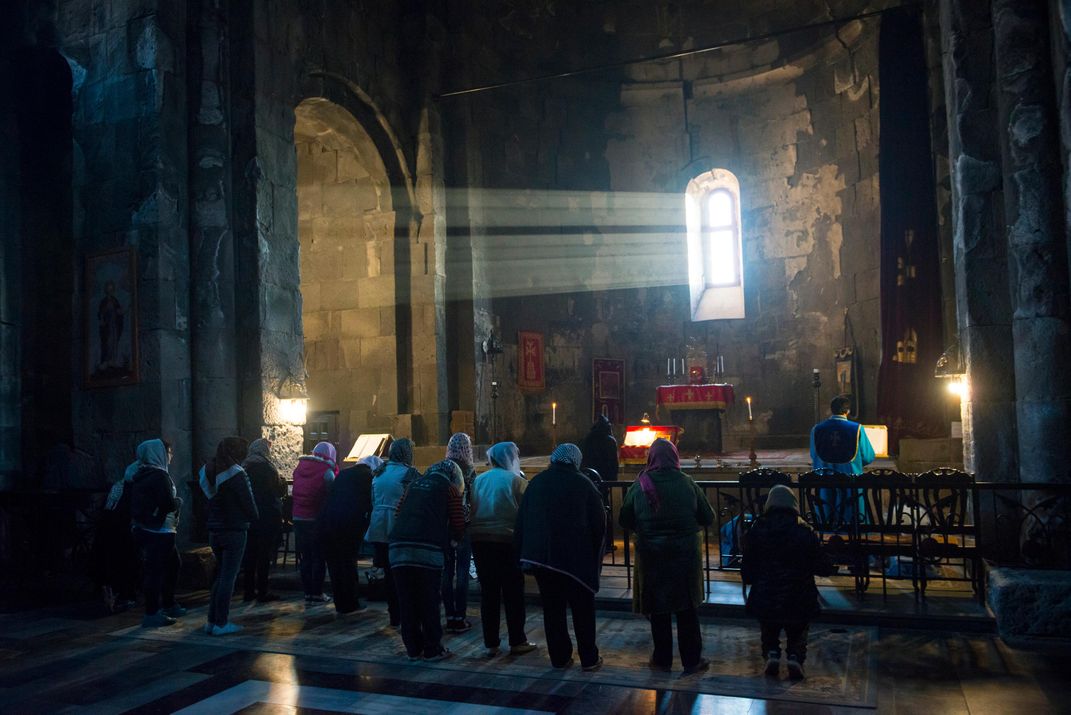
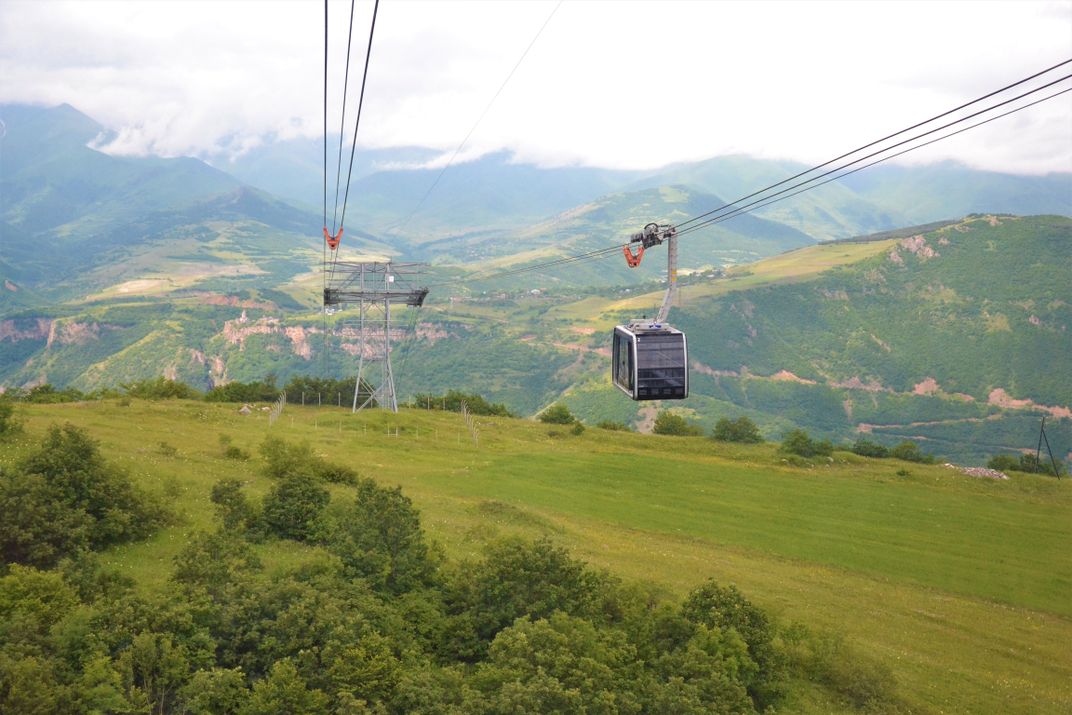
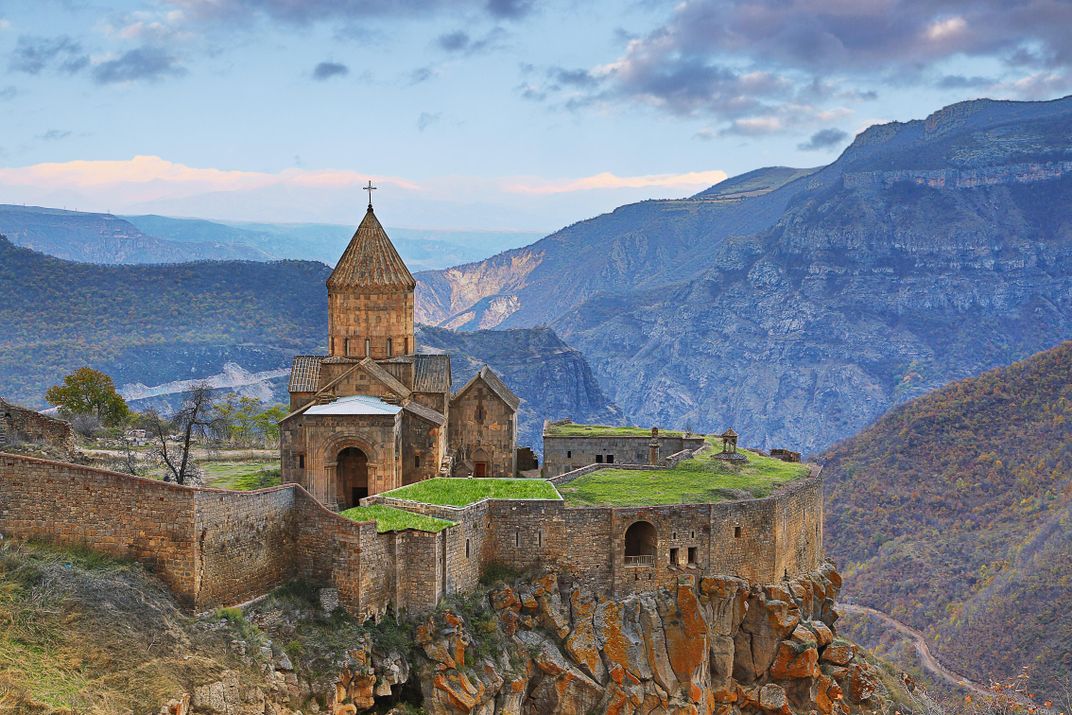
/https://tf-cmsv2-smithsonianmag-media.s3.amazonaws.com/accounts/headshot/JenniferBillock.png)